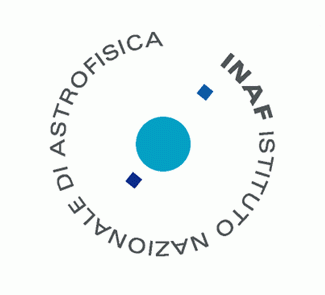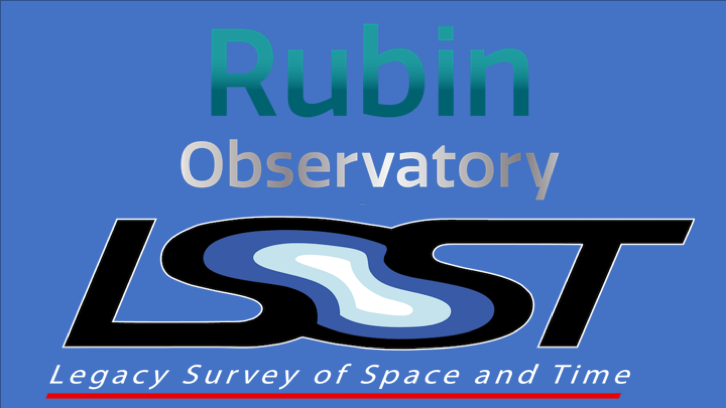Scientific Objectives
Main scientific goal of our project is the analysis of demography and rates of Supernovae (SNe) in host galaxies. Key questions are: which fraction of SNIa events comes from a single star system or by a double degenerative one? Is there any systematic difference between SNIa progenitors in old/young populations? What is the mass interval of SN Core-Collapse progenitors? The activity of the quintuplet and external collaborators in the last year consisted in performing simulations for both SN discovery and classification.
We simulated both SNIa and SN Core-Collapse as they would be observed in DDF survey and in the Main survey for two different time cadences: the baseline 2018a and Altsched one. In order to evaluate the performance of a given survey in achieving our desired science goals, we adopted a direct MAF metric: the number of well-observed SNe and their redshift range. This metric is highly sensitive to changes of observing strategy.
In parallel we have developed a theoretical study on the problem of deriving information on the SNIa progenitors from the observed correlation between the SNIa rate and the parent galaxy properties. We nd that (i ) the currently available surveys do not allow us to draw strong conclusions on this problem, due to both insufficient statistics and systematic effects, most notably related to the difficulty of pinpointing the star formation history in the sample galaxies; (ii ) the LSST survey will strongly improve the statistical uncertainty, in such a way that we should concentrate the efforts to reduce the systematic uncertainty. (Greggio et al., A&A, submitted).
The application of Machine Learning (ML) and, more in general, of data mining, is mainly motivated by the possibility to perform an optimization of the Parameter Space (PS) characterizing the light curve feature domain, as well as the automatic identification and classification of several Supernova types through different methodologies based on both ML paradigms (supervised and unsupervised learning).
At this preliminary stage we are using two catalogues: (i) the SNPCC (Kessler 2010) catalogue, containing 22,000 Supernovae, with four photometric bands (GRIZ) and divided in three classes, 1 (SN Ia), 2 (SN II) and 3 (SN Ibc); (ii) the Plasticc Challenge catalogue, containing millions of transient objects, like Supernovae, RR Lyrae, AGN etc., divided in fourteen blind classes and with six photometric bands (UGRIZY). On such data we planned to investigate both classifiers (e.g. Random Forest, MLPQNA, Brescia et al. 2015, and fuzzy) and time series predictors (e.g. Long Short Term Memory).
In terms of parameter space, we are analyzing two approaches, statistical and direct (by means of light curves). A statistical PS is obtained from the object light curves, by transforming them into a set of statistical parameters (D’Isanto et al. 2016). The direct approach works directly on the multi-band time sequence of light curves.
The state of art is the following:(i) Fuzzy classier has failed the light curves classification on SNPCC catalogue; (ii) LSTM has been tested on the SNPCC catalogue, using a variable number of photometric bands. We found that the greater number of bands, the better results; (iii) both Random Forest and MLPQNA algorithms are nowadays running on the Plasticc Challenge catalogue.
Members
Principal Investigator:
Maria Teresa Botticella, INAF-Osservatorio Astronomico di Capodimonte
Co-Investigators:
Massimo Brescia INAF-Osservatorio Astronomico di Capodimonte
Laura Greggio INAF-Osservatorio Astronomico di Padova
LSST young researchers:
Massimo Brescia INAF-Osservatorio Astronomico di Capodimonte
Stefano Cavuoti Università Federico II/INAF-Osservatorio Astronomico di Capodimonte
Amata Mercurio INAF-Osservatorio Astronomico di Capodimonte
Fabio Ragosta INAF-Osservatorio Astronomico di Capodimonte
Other INAF participants:
Marco Vicedomini INAF-Osservatorio Astronomico di Capodimonte
Filippo Mannucci INAF-Osservatorio Astronomico di Arcetri
Massimo Della Valle INAF-Osservatorio Astronomico di Capodimonte
Enrico Cappellaro INAF-Osservatorio Astronomico di Padova
Giuseppe Longo Università Federico II, Napoli
Giuseppe Angora Università Federico II, Napoli
Maurizio Paolillo Università Federico II, Napoli
LSST Affiliation
Transients/variable stars science collaboration
Task Force: Deep-drilling fields and Mini-survey proposals planning
GOAL: We aim to simulate the SN events as they would be observed in rolling search mode in DDF survey for different time cadences in order to obtain a statistical significant number of SNe (both type Ia and CC) with the best possible sampling.
We will assume different cosmic SFHs, different models for the SN progenitors and SN light curve templates.
The observed SN sample for both types will be exploited to estimate the SN rates and to analyse the systematic uncertainties affecting SN progenitor constraints
MILESTONES for time cadence.
1st month collection of SFH analytical function, SN progenitors models and ligth curve templates
2nd month Simulation of different observational strategies on COSMOS and eCDFS fields
3rd month Estimate of the observed SNe and photometric typing
DELIBERABLES: Inputs for the DDF proposal: the optimal cadence, the number of sky fields, the number of bands to maximize the number of discovered SNe and to obtain an accurate photometric typing
Dark Energy
Galaxies
Activity Report

